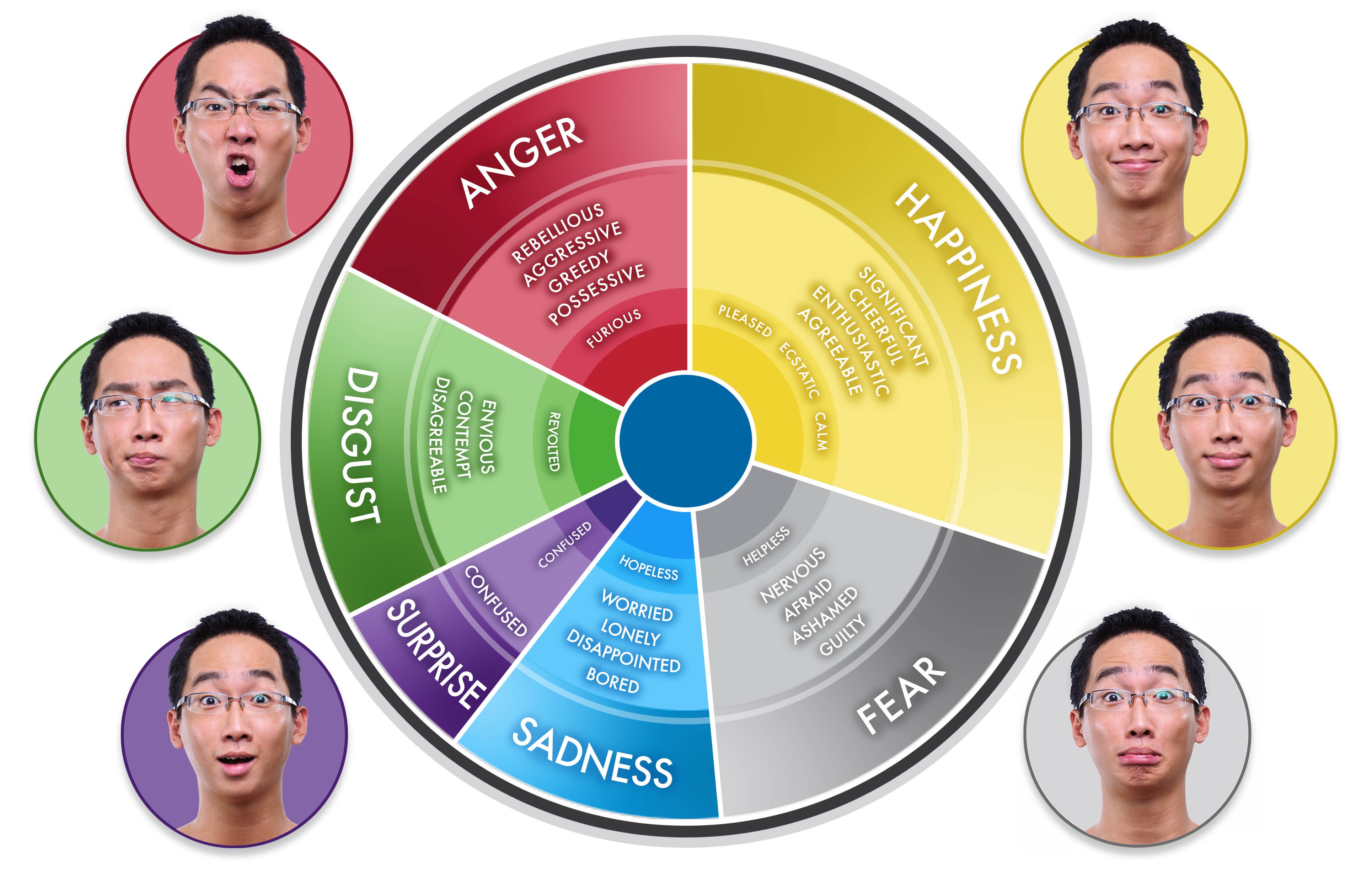Understanding the role emotion plays in shopper behavior
When we shop we like to think our decisions are rational but in reality they rarely are. They are more often than not influenced by our emotions. When we have to make a decision, emotions from the past involving similar experiences influence the choices we are considering. These emotions create preferences which lead to our decision.
Most importantly, emotions push us toward action. In response to an emotion, we are forced to do something. In a physical confrontation, fear forces us to choose between “fight or flight” to insure our survival. In our daily social encounters, self-doubt may pressure us to buy the latest iPhone to bolster our sense of belonging.
To illustrate the power of emotion on consumer decision making, consider the following. Consumers prefer brand name products because of the emotional attachment they have to them. After all, we could save money by buying the generic brand product with the same ingredients at a lower price but we choose not to.
Two important associations with brands that are emotion related are brand personality and narrative. People are attracted to some brands more than others just as they are attracted to some people’s personalities more than others. Word copy, packaging and visual imagery are all used to describe the brand and contribute to its overall personality. The other important factor that affects a brand’s emotional appeal is brand narrative or the story it communicates to the consumer. “Who” it is, what it means to the consumer and why they should care.
Although there are more than 100 human emotions that can be named and measured, there 3 that are very important to the study of shopper behavior:
Pride: buying or using something to make me feel better about myself in the eyes of others
Shame: buying or using something in order to not be shamed by others
Guilt: buying or using something so as to avoid feeling guilty
What’s interesting is that none of these emotions are part of our primary emotions of anger, fear, happiness, sadness, surprise and disgust which we experience daily (see below).
Explorer Emotion Model

Secondly, pride, shame and guilt are all emotions caused by other people. Brands that can conjure up any of these emotions at the time of consumer purchase are bound to succeed.
Historically, marketers have tried to develop theories about why consumers buy. They make the mistake of looking at the consumer by starting with the product’s features and benefits and then try find matching need and motivations. But really they should start with the consumer which necessitates an understanding of how emotions drive behavior.
Understanding the influence of human emotion on consumer decision making is crucial to the success of any product.
Anne Stephenson
Chief Growth Officer, Explorer Research



